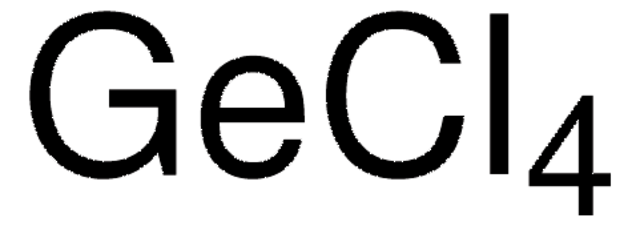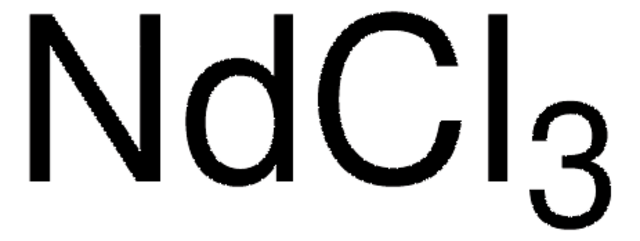About This Item
Productos recomendados
Análisis
99.9% trace rare earth metals basis
Nivel de calidad
formulario
chips
chunks
idoneidad de la reacción
reagent type: catalyst
core: cerium
resistividad
73 μΩ-cm, 20°C
bp
3443 °C (lit.)
mp
795 °C (lit.)
densidad
6.67 g/mL at 25 °C (lit.)
cadena SMILES
[Ce]
InChI
1S/Ce
Clave InChI
GWXLDORMOJMVQZ-UHFFFAOYSA-N
¿Está buscando productos similares? Visita Guía de comparación de productos
Palabra de señalización
Danger
Frases de peligro
Consejos de prudencia
Clasificaciones de peligro
Flam. Sol. 1
Código de clase de almacenamiento
4.3 - Hazardous materials which set free flammable gases upon contact with water
Clase de riesgo para el agua (WGK)
WGK 3
Punto de inflamabilidad (°F)
Not applicable
Punto de inflamabilidad (°C)
Not applicable
Equipo de protección personal
Eyeshields, Gloves, type P3 (EN 143) respirator cartridges
Elija entre una de las versiones más recientes:
¿Ya tiene este producto?
Encuentre la documentación para los productos que ha comprado recientemente en la Biblioteca de documentos.
Los clientes también vieron
Artículos
A significant limiting factor for wearable electronics and wireless sensors is the finite amount of energy that can be stored in on-board batteries.
The application of magnetism and magnetic materials pervades our modern civilization in the form of electrical power, communications and information storage.
Rechargeable solid-state batteries are becoming increasingly important due to wide-spread use in computers, portable electronics, and vehicular applications.
The unique properties of the rare-earth elements and their alloys have brought them from relative obscurity to high profile use in common hightech applications.
Nuestro equipo de científicos tiene experiencia en todas las áreas de investigación: Ciencias de la vida, Ciencia de los materiales, Síntesis química, Cromatografía, Analítica y muchas otras.
Póngase en contacto con el Servicio técnico






